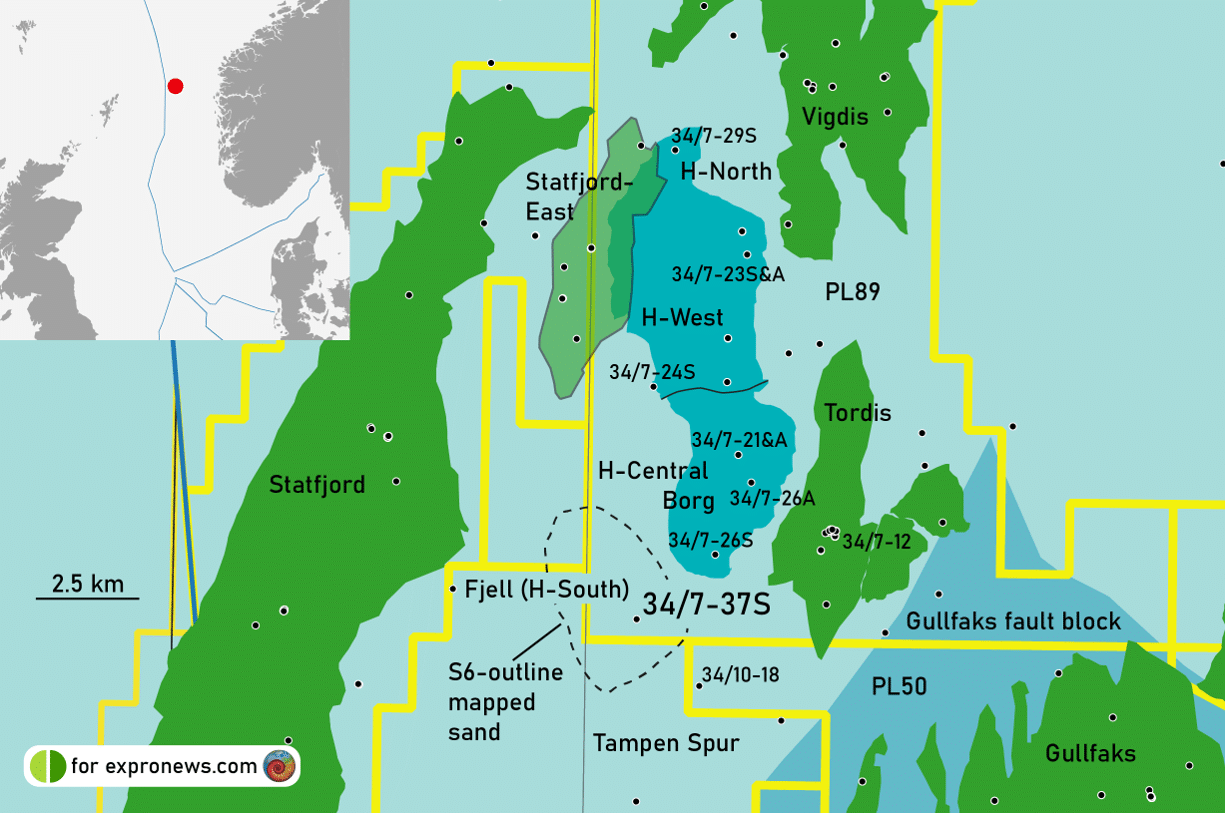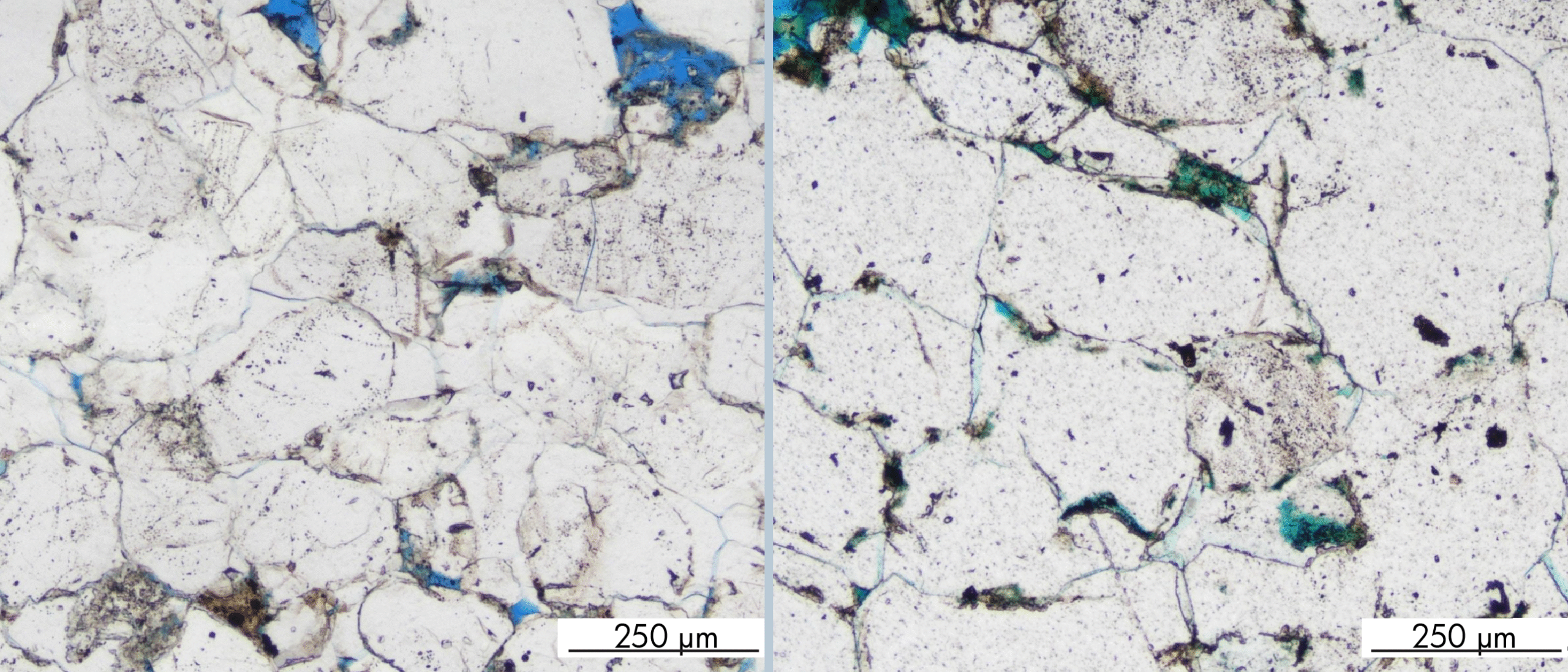As announced by the NPD yesterday, Equinor did not find reservoir sandstones in the 34/7-37S well drilled to the south of the Borg field in production licence 089.
With 34/7-37S being the 42nd exploration well drilled in the licence, it shows the diversity and complexity of the geology at stake.
The big fields in the area mostly produce from the Middle Jurassic Brent, but ever since Saga drilled 34/7-21A in 1992 and found an oil-down-to in good quality Draupne sands, the Upper Jurassic play has been chased with varying amounts of success.
In an article published a few weeks ago, we already presented a breakdown of the exploration history in the area and showed that the Upper Jurassic Draupne sandstones have proven difficult to map. This is partly because of the mostly thin nature of the sands and poor seismic imaging as a result, but also due to the very limited lateral extent of the shoreface and gravity flow deposits.

The Draupne sands were shed from the uplifted fault block in the area where the current Tordis field is situated and were deposited in the half graben that formed in between the Tordis and Statfjord fault blocks (see schematic cross-section above). The depositional environment varies from intra-Draupne gravity flows to top-Draupne shoreface sands (green in cross-section above).
A nice example of the non-uniqueness of seismic interpretation results is presented in the master thesis from Hao Qin, a former student from the University of Stavanger. He interpreted a Draupne sandstone to be present in the area of the 34/7-37S well (see map). This so-called S6 sand was interpreted based on a clear double loop in the seismic data and surface attributes. As it now looks, this sand should now be interpreted as a mudstone.
HENK KOMBRINK – with valuable input from JOHN WOOD





